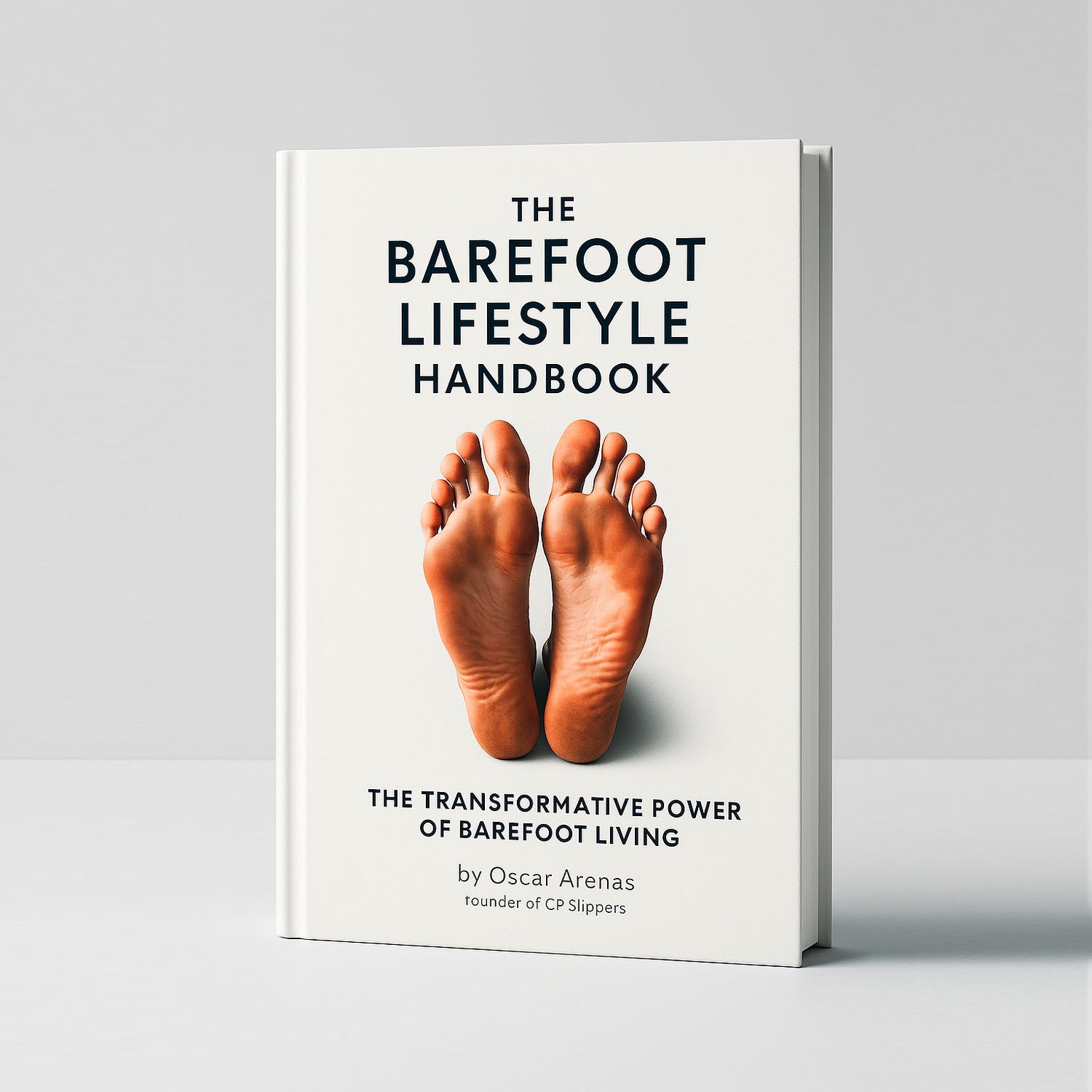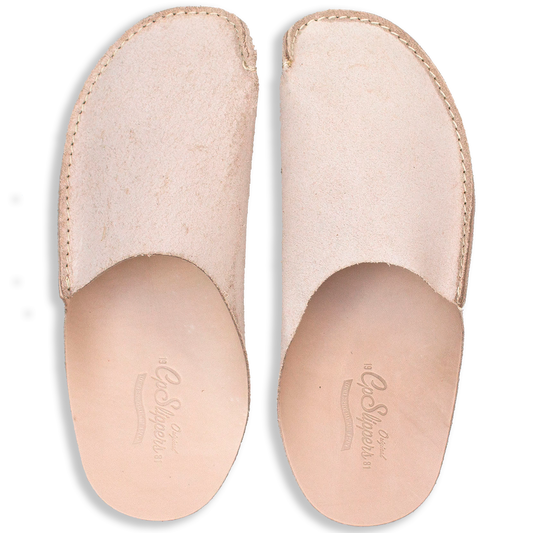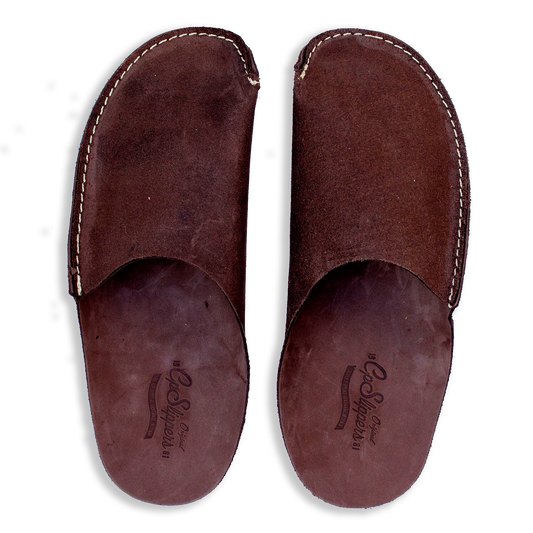Addressing common concerns and obstacles of living barefoot.
Overcoming obstacles on the path to natural living
Living barefoot is a personal journey of awareness, health, and earth connection rather than only a lifestyle choice. However, like any conscious path, it presents certain challenges. At first, going barefoot can appear frightening depending on social expectations, safety issues, and environmental surroundings.
The most prevalent barefoot lifestyle difficulties are discussed in this chapter together with useful, powerful ideas to enable you to confidently and clearly negotiate them.
1. Social stigma and public perception
Challenge
For many, the toughest obstacle is psychological rather than physical in nature. Social stigmas and public opinion challenges Public barefoot walking draws attention, criticism, or questions rather frequently. Being barefoot could seem strange, improper, or even rebellious in societies where shoes are the social standard.
Solution
Confidence is one of your greatest allies. Knowledge about the advantages of barefoot living—physical, psychological, and ecological—will equip you to answer questions or criticism with cool authority. To help normalize your experience, surround yourself with a loving local or online community.
Remember: you're not being difficult. You're being intentional.
2. Safety in urban and natural environments
Challenge
Concerns about sharp items, uneven ground, or muddy sidewalks are legitimate—especially when moving to barefoot walking outside.
Solution
Begin gently. Walking barefoot at home, in parks, or on clean natural surfaces helps build foot strength and skin resilience. Learn to read terrain with your eyes and your feet; carry simple shoes for new or high-risk settings. Being barefoot means being more conscious; it does not imply being unprepared.
3. Weather extremes: Hot pavement and cold ground
Challenge
Barefoot living may be dangerous or uncomfortable depending on whether it's hot asphalt in summer or icy sidewalks in winter.
Solution
Though you should be aware of your limits, let your feet adjust progressively to varying temperatures. Use barefoot-style shoes, heat-resistant soles, or wool socks with minimal footwear in really chilly or hot conditions. The aim is to stay connected while safeguarding your health and not suffer.
4. Hygiene and foot care
Challenge
For individuals new to barefoot life specifically, dirty feet, public facilities, or wounds and scratches might pose hygiene issues.
Solution
Create a daily ritual around foot cleanliness. After trips, give your feet lots of attention. Frequent moisturizing helps prevent dryness or cracking. For on-the-job cleaning, include a little towel or wet wipes. Look over your soles for any injuries; treat minor cuts right away to prevent infection.
Healthy barefoot living begins with intentional self-care.
5. Legal barriers and institutional policies
Challenge
Often because of safety or liability issues, some companies, public areas, or transportation systems may forbid barefoot walking.
Solution
Check local regulations; most nations have no laws against public barefooting. Private businesses could, however, have different policies. For these situations, carry understated shoes and don't hesitate to have courteous, informative discussions. The more people know about barefoot living, the more likely those rules will change.
Advocacy takes time, but change often starts with a single respectful conversation.
6. Transitioning comfortably
Challenge
Changing from a lifetime of wearing cushioned shoes to going barefoot can cause discomfort from tight muscles to tender soles.
Solution
The answer is to slow things down. First, begin with short barefoot walks on easy terrain. Maintain good form by walking gently, landing midfoot, and maintaining good posture. With basic exercises including toe spreading, balance drills, and calf stretches, strengthen your feet. Let your body change at its speed.
Barefoot isn’t a race — it’s a rhythm.
Final thought: Barefoot, but not alone
Adopting a barefoot lifestyle is a kind of reconnecting with your body, the planet, and a more subdued, deliberate approach to traversing the earth. Yes, there are challenges. There are, however, also answers and a growing worldwide community that knows why you choose this road.
Prepared, self-aware, and confident, the difficulties of barefoot life become chances for development. What begins as a personal habit typically becomes a declaration of freedom, presence, and deliberate living.
So keep going. The Earth is waiting.






